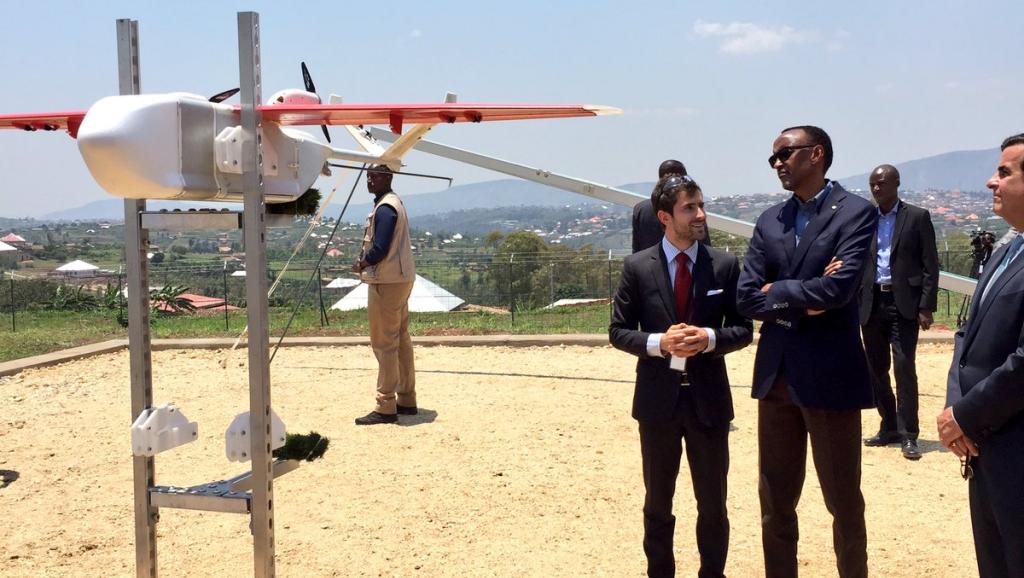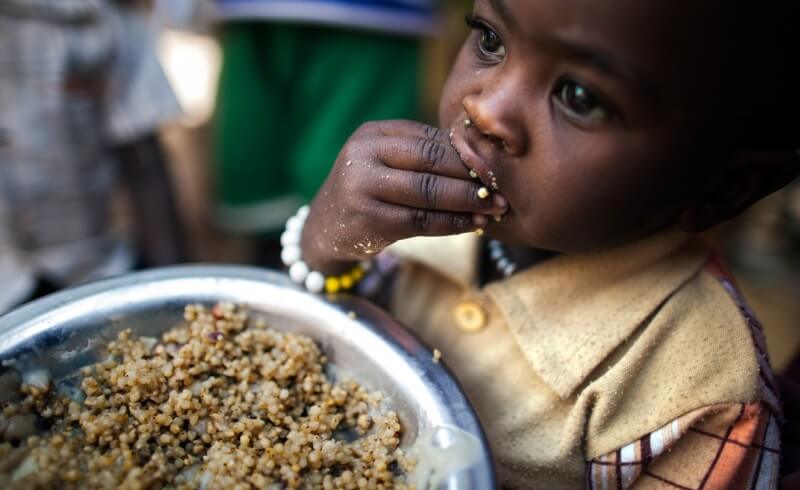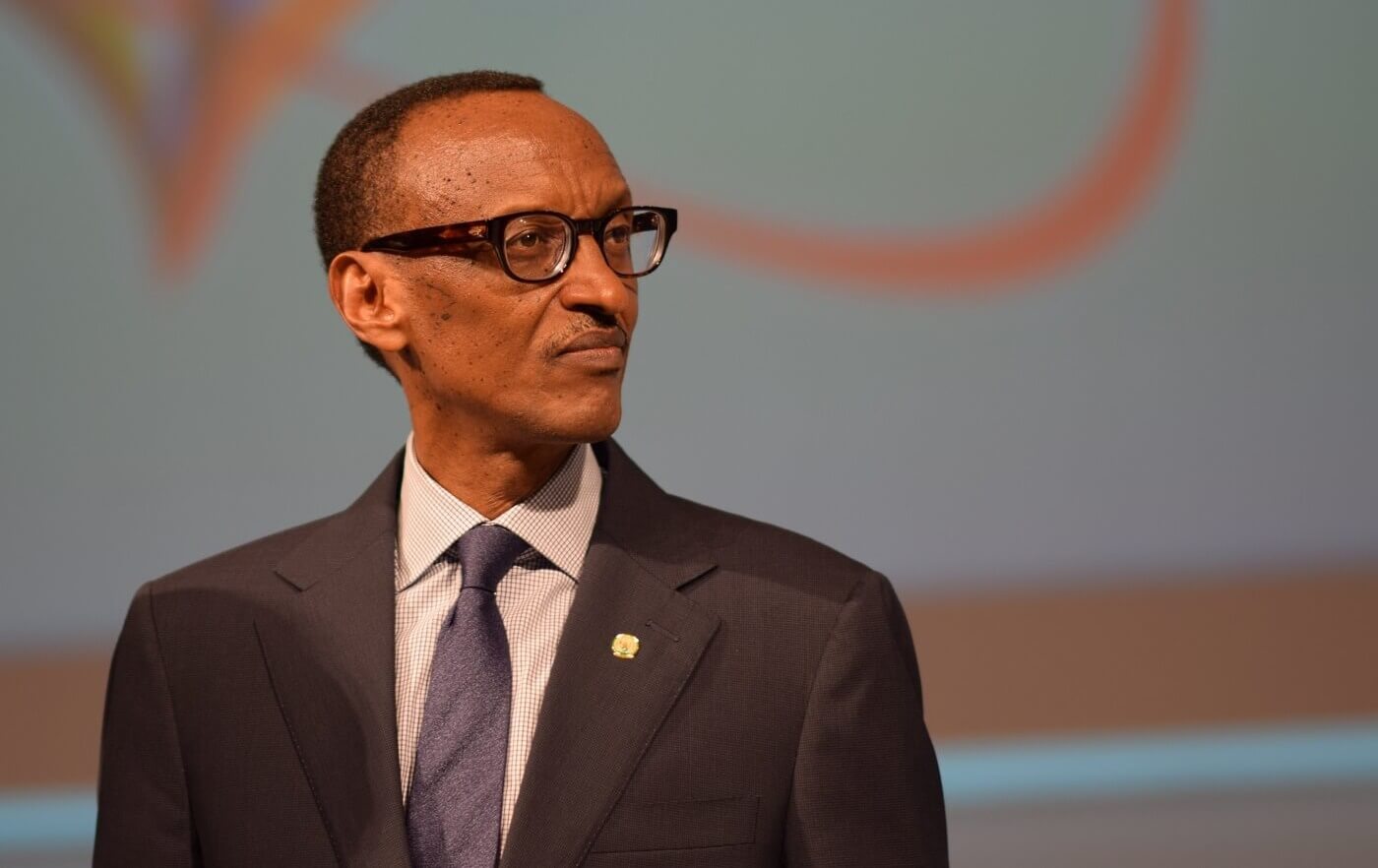The age when Rwanda only made the news for the genocide has changed. Its October 2016 and the East African country has achieved incredible progress, under the leadership of Paul Kagame.
Rwanda is leading a Solar revolution in East Africa with the Rwamagana Solar Farm which covers 17 hecters and is the biggest solar farm in the East African region. The country aims to generate 15% of its electricity from renewables in the near future.
Foreign Direct Investments (FDIs) to Rwanda have
increased by 78.1 percent from 2013, according to the latest Foreign Private Capital Census (FPC) 2015 report released by the National Bank of Rwanda.’
The country was ranked ninth and the second most preferred investment destination in East Africa after Kenya and According to the 2016 Ernst & Young (EY) Africa Attractiveness Index, Rwanda is one of the 10 most attractive nations in Africa for investors.
Rwanda is the first country in the world to have more than 50 percent female members in its parliament. It’s also listed by World Travel Guide in 3rd Place for the Top 20 World Greenest Places for 2015 after the country achieved significant progress in its ban on plastic bags
The President Paul Kagame seems to be moving forward along his vision to use technology to help Rwanda reach middle-income status within the next decade. On 14th October 2016, Rwandan government launched a drone delivery network to boost its healthcare delivery sector.
THE WORLDS FIRST DRONE POWERED MEDICAL SUPPLY SYSTEM
In the highlands of Rwanda which has a population of just over 11 million people, it is now normal to see drones in the sky with parachuted boxes strung to them. In 2015, United Parcel Service (UPS) partnered with Gavi, the Vaccine Alliance and US-based robotics company Zipline, to launch a medicine and vaccine delivery program to rural clinics in Rwanda. The program is a part of a US$800,000 UPS Foundation grant which will use Zipline drones to deliver blood to 21 transfusing facilities using a network of delivery hubs across the country’s poorly navigable terrains. Doctors can place orders using a text message to notify the staff at delivery hubs who dispatch supplies using drones along pre-programmed routes within minutes. Zipline says this cuts delivery time from 15 hours to less than minutes.

Rwandan president Paul Kagame launching a drone on October 14, 2016 in Muhanga District was taken by Cedric Kagimbanyi (@kagcedRW) and shared on Twitter. Cedric KagimbanyiTwitter
The program will focus on blood deliveries which will be expanded to deliveries of vaccines and other important medicines for treatment of diseases such as malaria, HIV/AIDS and tuberculosis especially in isolated areas. Each delivery hub can fulfil more than 100 deliveries each day with the 10kg drones. These drones carry a maximum payload of 1.5 kilograms over a maximum range of 120 kilometres. The drones provide an efficient alternative to road based deliveries and more importantly cut down the time required to deliver blood supplies. Medical officers would no longer need to leave the hospital facilities before accessing blood supplies.
Africa would need to develop its infrastructure at the same rate its population and economy is growing. The use of drones to cut delivery time of blood supplies represent a significant reply to challenges facing African healthcare system. Rwanda lays a good blueprint for other countries to follow as the country would soon boast the first drone port in the world.
According to the 2016 Ernst & Young (EY) Africa Attractiveness Index, Rwanda is one of the 10 most attractive nations in Africa for investors.
GIANT STRIDES IN HUNGER REDUCTION
According to the Global Human Index (GHI) 2016, Rwanda ranks high as one of the countries that has effectively reduced hunger within its borders. The International Food Policy Research institute (IFPRI) releases the report annually using a multidimensional statistical tool to describe the state of hunger in countries. Rwanda was in an alarming hunger situation in 2000. The hunger index for Rwanda shrunk from 58.7 in 2000 down to 27.4 in 2016, according to the report.
The report revealed that in Rwanda, child mortality and child wasting was reduced by approximately 75 percent each while undernourishment fell by 50 percent and stunting decreased by 20 percent.

Photo: UN Photo / Albert González Farran
The One Milk per Child program is one of the government policies to reduce hunger in Rwanda, especially among children.
Hunger reduction, improved healthcare services are only some of the achievements that the Rwandan government is making to accelerate the growth of the country. Rwanda is also the first African country to head the World Bank’s Doing Business reforms as it continues to be the best African performer in improving the ease of doing business.
[Header image]– Flickr / Veni. Rwanda President Paul Kagame [CC BY-NC 2.0 ]
Sources: newtimes.co.rw

